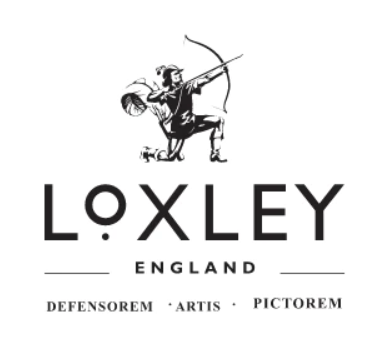How to choose the right glass for your frame

Along with the our framing services, Loxley provides a variety of different glass options in order to bring out the best of your artwork. We offer plain glass, low reflect glass, non reflective glass, UV clarity glass, and UV low reflect glass.
Plain Glass
This glazing is highly recommended for framing artwork as its high level of UV blocking (typically 90+%) will slow deterioration of artwork. Loxley UV Plain has a 99% UV block, so it is Conservation level according to EN 410, the Professional Picture Framers Association and Fine Art Trade Guild. It won’t cause a visual colour cast or distortion so the colours and crispness of the artwork really stand out. It will have the normal level of reflections, which tend to be more noticeable on darker tones. If your artwork is colourful, then the best option is to use clear glass, as it does not soften any of the colours in your artwork.
Low Reflective Glass
This ‘invisible’ glazing has the advantage of an easily cleaned, scratch resistant surface coating which reduces reflections to less than 1%. With its smooth surface, the viewer sees the true colour and every detail of the texture of the framed work. Loxley Low Reflective framing glass has a UV blocking level of around 70%, less protection than the Conservation or Museum grade but still significant and certainly comes without their price tag.
UV Clarity Glass
For the best of both, go for the UV protection and clarity of this amazingly clear glazing. Loxley UV Clarity glazing has 98% light transmission, ~92% UV block and less than 1% of reflection making this wonderful for both long-term preservation and full appreciation of the painting today.
Museum Glass
Museum grade quality glass is highly valued by serious collectors, art professionals and art conservators. Expensive at over 4 times the price of Neutral UV Plain framers glass, it is the best performing glass available for framing valuable and highly prized artworks. Loxley Museum Glass is Anti-reflective and 99% UV blocking, meaning the picture’s tone, colour and texture are magnified and preserved to the highest achievable level.
Plexi-glass/Plastic glass
Due to the inherent weight and risk of breakage that comes with glass, various clear plastics are used in framing, ranging from low quality polystyrene, mid-range polycarbonate to cast acrylic sheet. Advantages are lower weight (about half that of glass), less risk of breakage and ease of cutting.
Its low weight and strength means it can be dispatched via parcel couriers and it is sometimes preferable on larger frames for this same reason. Issues with static is problematic with dust and loose pigment particles (particularly with pastels or charcoal drawings) sticking to it. Pastel and such drawings should be treated with a quality spray fixative if they are to be glazed in plastic. Compared with glass, plastic glazing can be affected by drying oil paint or extreme humidity or temperature changes but these conditions are to be avoided in any case as it would also cause the timber or board backing of canvases to warp or twist too.
Float Glass
General purpose, low cost glass. “Float” refers to its production technique. Loxley don’t offer this but some framers do use it for framing non-valuable, low cost items. Highly reflective, it also has a greenish cast which can alter the visual colour of artwork (especially lighter colours) and has no extra UV protection; over 50% of UV rays penetrate to the picture leading to rapid fading of pigments and embrittlement of substrates.
Tag us on social media at #loxleyarts to share your tips about different glass options for framing.


![How to Varnish a Painting [Professional Tips]](http://loxleyarts.com/cdn/shop/articles/how-to-varnish-a-painting_c34f75bb-5279-4b2b-9e74-50950931776d.jpg?v=1762921912&width=1080)
